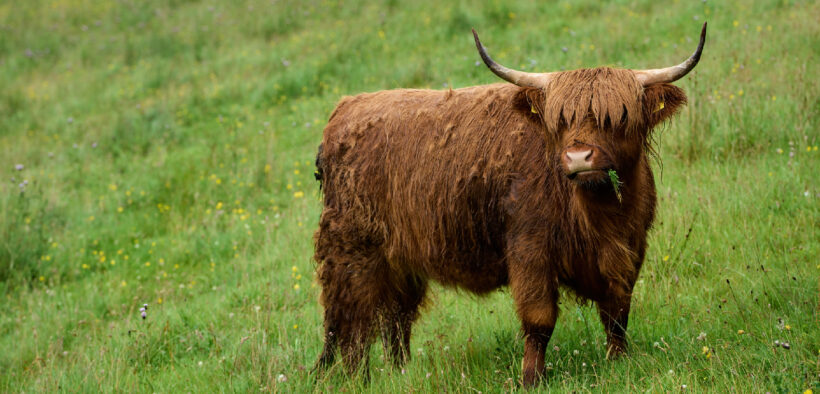Over the past year, most campuses have had to confront the impact of ChatGPT on the classroom, particularly on student learning and submission of assignments. Teachers are scrambling to modify their syllabi to lay out policies to ensure no plagiarism occurs. There is not much clarity on how to respond to the threat of ChatGPT. The new technology raises fundamental questions about teaching and learning; however, the art and process of learning remain the same.
Teaching and Learning as Rumination, or What Cows Can Teach Us about Pedagogy

Related Articles
I have two loves: teaching and learning. Although I love them for different reasons, I’ve been passionate about...
Active learning is a mostly meaningless educational buzzword. It’s a feel-good, intuitively popular term that indicates concern for...
Perhaps the earliest introduction a student has with a course is the syllabus as it’s generally the first...
Generative AI allows instructors to create interactive, self-directed review activities for their courses. The beauty of these activities...
I’ve often felt that a teacher’s life is suspended, Janus-like, between past experiences and future hopes; it’s only...
I teach first-year writing at a small liberal arts college, and on the first day of class, I...
Proponents of rubrics champion them as a means of ensuring consistency in grading, not only between students within...








